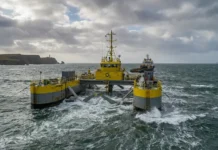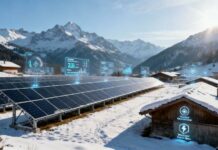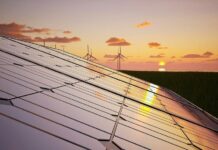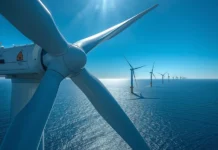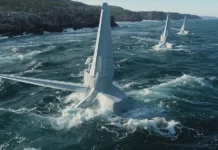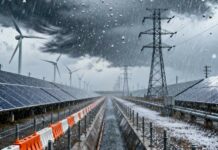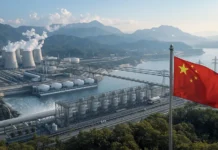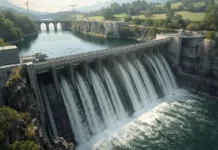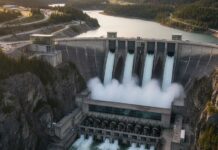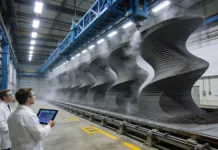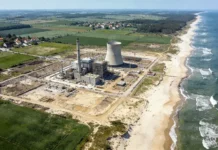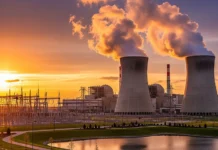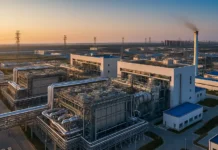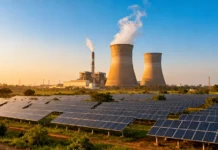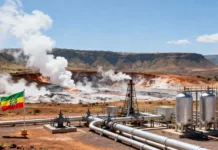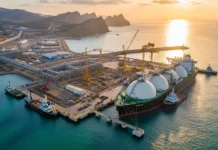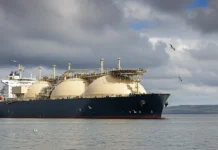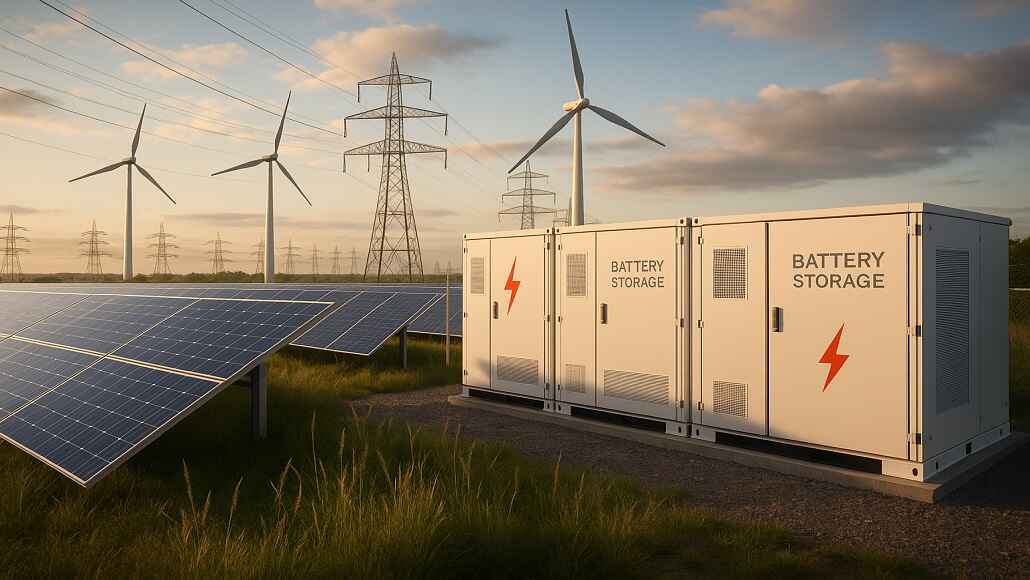The aging power grid in Europe and the dearth of energy storage capacity are going to require trillions of dollars in investments in order to cope with rising green energy output by increasing the electricity demand and to avoid electricity blackouts.
Recently, Spain as well as Portugal lost power in the worst-ever blackout. Authorities happen to be investigating the cause, but whatever the findings crop up, the analysts and industry representatives opine that infrastructure investment is indeed the need of the hour.
According to Secretary General Kristina Ruby at Eurelectric, which happens to be the electricity industry association of Europe, the blackout was indeed a wake-up call. It went on to show that the requirement to modernize as well as reinforce the electricity grid in Europe is indeed an urgent and unavoidable task.
It is well to be noted that the European Union power grid dates back mostly to the last century, and half of the lines are more than 40 years old. The rising low-carbon energy production as well as booming demand when it comes to data centers and electric vehicles requires a complete overhaul of the grids, which also, by the way, need to have digital protection in order to withstand any sort of cyberattacks.
Although the global investment when it comes to renewables has almost doubled since 2010, investment when it comes to grids has not changed much and is around $300 billion every year. This amount needs to double by the end of this decade to more than $600 billion every year in order to cover the necessary maintenance, as per the International Energy Agency.
Spain has gone on to ask its own investigators as well as the European Union regulators to investigate the recent outage that took place. Although the issues are yet to be clear, Red Eléctrica, which is a grid operator, said that a couple of separate incidents had triggered this phenomenal power loss.
All this follows an increase in renewable energy usage, especially in Spain, post the Russia-Ukraine war, which began in February 2022 and went on to disrupt oil and gas supplies, thereby causing efforts to decrease dependence on fossil fuels. To avoid electricity blackouts, it is important to stress more on renewables.
In 2024, the share of renewables rose to 47% in the use of the total power mix. This was a jump of 13% from what was seen in 2019. On the other hand, fossil fuels dipped to 29% from 39%, the Ember data showed. It is worth noting that Spain happens to have plans to phase out coal and nuclear power completely. Renewable generation hit a record high at 56% in 2024 when it came to Spain’s power mix.
Interestingly, wind as well as solar projects are comparatively quicker to build vis-a-vis the grids, which can take over a decade. A part of the issue is the huge sums as well as the intricacies of enhancing the grid over a large distance. The European Commission has gone on to estimate that Europe requires to invest somewhere between $2 and $2.3 trillion in grids by 2050. In 2024, the European firms went on to invest €80 billion, or $90.5 billion, in grids, which was up from the $50-$70 billion that was done in previous years.
Interstate connections
Spain’s and Portugal’s power systems happen to be among those in Europe that do not have many connections to other grids that can provide some kind of backup.
Notably, Spain requires more links to France and Morocco. The country has just 5% of connections outside of the Iberian Peninsula.
As some nations also lag, the commission happens to have a target to raise interconnection to 15% by the end of this decade. The previous goal was 10%, which meant that every year member country should import a minimum of 15% of its production capacity from its neighboring country. Spain, apparently, is going to reinforce connections with France, including a novel link through the Bay of Biscay that will go on to double the interconnection capacity between the two nations.
Requirement for backup
As solar and wind generation elevates, the issues go beyond just upgrading the grids to the need for having a backup generation too. Solar and wind farms go on to generate direct current power, whereas traditional gas or nuclear plants happen to generate alternating current.
The DC power gets converted to AC in inverters to standardize the 50 Hz frequency when it comes to European grids and use it in homes as well as businesses. If the power generation dips, the grid needs backup AC power in order to prevent the frequency from dropping further.
In the event when frequency drops, automatic safety mechanisms go on to disconnect some generation in order to prevent its overheating or damage to transformers or transmission lines. If there are too many plants that drop off at the same time, the system can, of course, experience a complete blackout.
Prior to the recent outage, Spain had, in the past, suffered power glitches, and industry officials had at that point in time repeatedly warned of instability in the grid.
The energy officials from Spain have also said that the country’s plan to shut down all seven nuclear reactors by 2035 can lead to a risk in power supply.
Portugal, on the other hand, has only two backup plants, which are a gas and hydro plant. They are able to quickly respond if the grid happens to need more power.
Apparently, in Britain, a blackout in 2019 cut power to almost a million customers when lightning struck.
Since then, Britain has gone on to expand its battery storage and almost has 5 GW of capacity installed by 2024 end. Europe on the other hand, has 10.8gw of battery storage and it is bound to grow 250 GW by the end of the decade, which is much less as compared to what is required – 200 GW.



